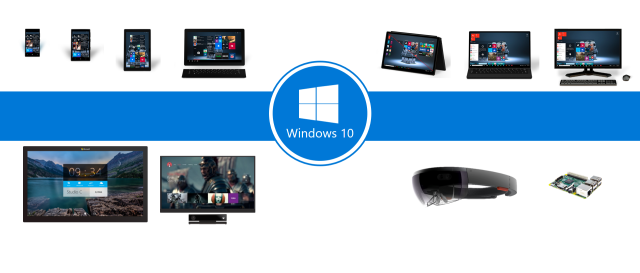
As part of its pitch to developers, Microsoft said that it was aiming to have 1 billion devices—PCs, tablets, phones, Xboxes, HoloLenses, and whatever else can run the operating system—within the first two to three years of its availability. That target is now off the table, report Ed Bott and Mary Jo Foley.
In a statement, the company said:
Windows 10 is off to the hottest start in history with over 350M monthly active devices, with record customer satisfaction and engagement. We're pleased with our progress to date, but due to the focusing of our phone hardware business, it will take longer than FY18 for us to reach our goal of 1 billion monthly active devices. In the year ahead, we are excited about usage growth coming from commercial deployments and new devices—and increasing customer delight with Windows.
The issue is mobile. At the time of the prediction, Microsoft was counting on selling 50 million Windows phones a year. These were an important part of the 1 billion devices, because one of the key selling points of Microsoft's Universal Windows Platform is the way it enables developers to easily adapt their software for the many different form factors that Windows supports. Phones were expected to be the largest of the non-PC form factors, but a series of missteps has seen Microsoft's phone sales collapse.
Although the phone platform is still an actively maintained, regularly updated part of the Windows 10 family, Microsoft's mobile ambitions are currently greatly reduced. The expected 50 million phones a year aren't going to materialize. This in turn means that the 1 billion devices within three years target isn't going to be reached. Even though Windows 10 is the fastest growing version of Windows of all time—it hit 350 million devices in 11 months, compared to the 18 months it took Windows 7 to do the same—the end of the free upgrade program, combined with still slow PC sales, puts the 1 billion system target further off.
reader comments
187